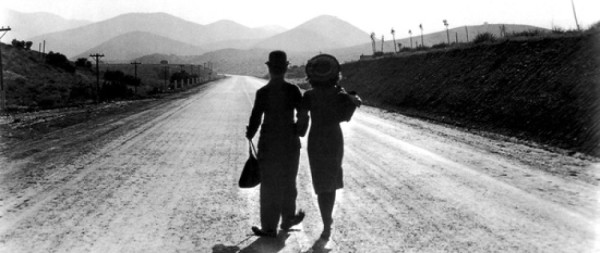Employees’ Entrance
Directed by Roy Del Ruth
Written by Robert Presnell Sr. from a play by David Boehm
1933/US
First National Pictures (Warner Bros.)
IMDb page
First viewing/Forbidden Hollywood Vol. 7
Kurt Anderson: When a man outlives his usefulness, he ought to jump out a window.
Another, better expose of ruthless capitalism has similarities to Skyscraper Souls (1932).
Kurt Anderson (Warren William) is the workaholic General Manager of an upscale department store. Anderson’s motto is “smash or be smashed”. He has no hesitation in firing loyal long-term employees whom he considers to be “dead wood” or ruin a supplier that misses a deadline by one day. His behavior with the ladies is equally deplorable. He believes that love and marriage are unnecessary distractions from business. Senior management is appalled by Anderson’s behavior and are trying to get the Board of Directors to oust him. Anderson will stop at nothing to stay at the helm.
One day Anderson comes across Madeline Walters (Loretta Young) hiding out in one of the store’s bedroom displays. She is desperate for work and Anderson gives her a job but not before taking advantage of her.

Madeleine is hired as a salesgirl/model in the dress department. Sexy Polly Dale (Alice White) shows her the the ropes. Later, Madeline falls for up-and-comer colleague Martin West (Wallace Ford). Martin impresses Anderson with his idea to market boxer shorts to women (!) and Anderson makes him his executive assistant. Anderson expects Martin to be at his beck and call 24/7.
Before long the Madeleine and Walter want to marry. They hold off for awhile but then secretly marry. But they can’t keep the secret for long. As part of his effort to keep his job Anderson has already doubled Polly’s salary in order to use her to “distract” a rival executive. Next he attempts to wreck Madeleine and Walter’s marriage. I will stop here. With Ruth Donnelly as a secretary.
 I thought this was quite entertaining. The story moves right along and has only a couple of plot threads to follow. William is good at playing bastards. Young looks lovely in her Orry-Kelly gowns. She models a backless fringed wedding gown that is something to behold!
I thought this was quite entertaining. The story moves right along and has only a couple of plot threads to follow. William is good at playing bastards. Young looks lovely in her Orry-Kelly gowns. She models a backless fringed wedding gown that is something to behold!



























